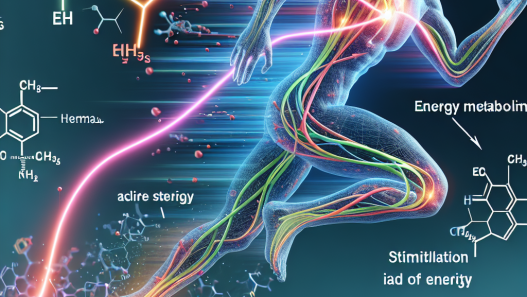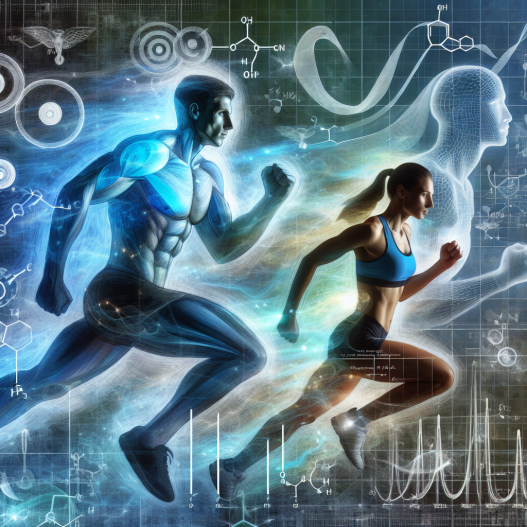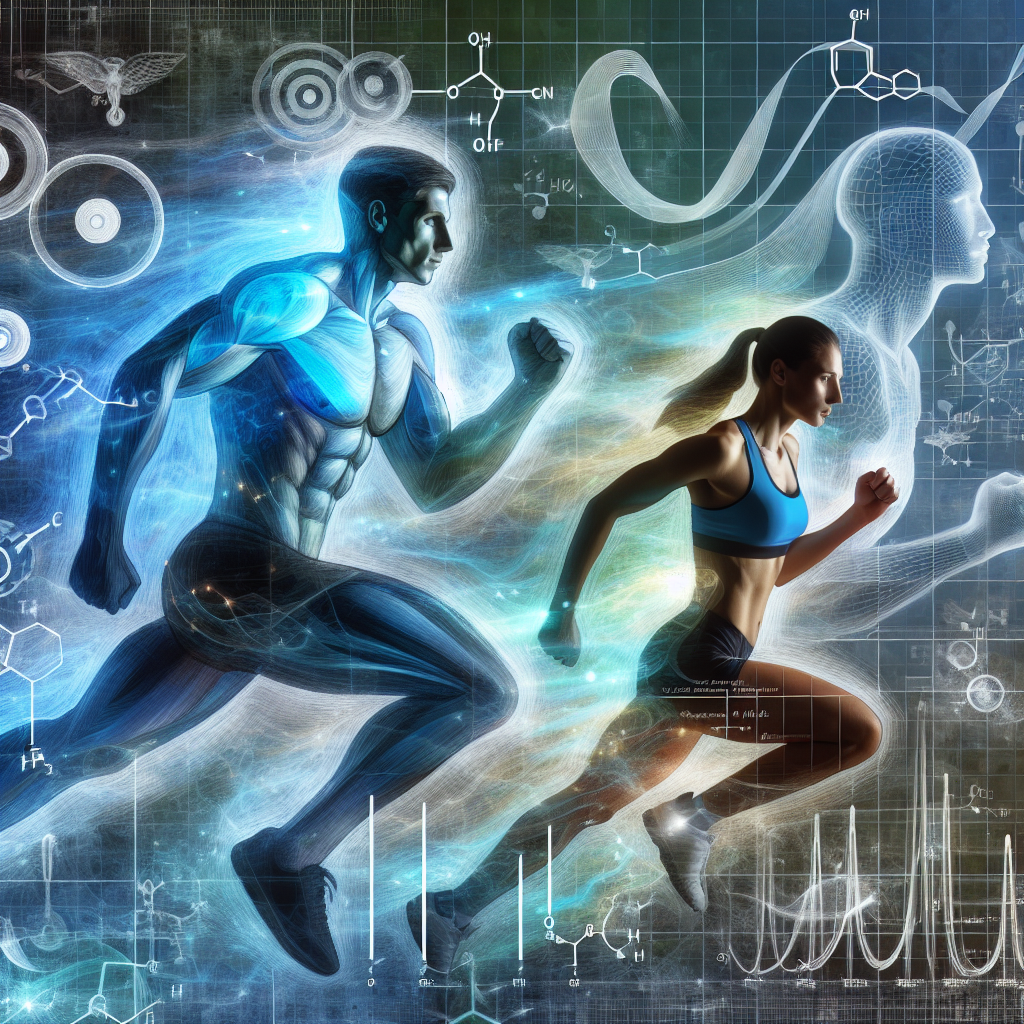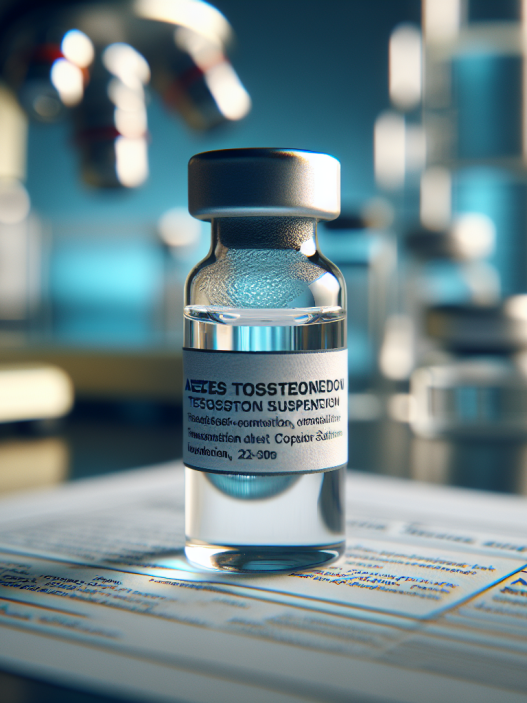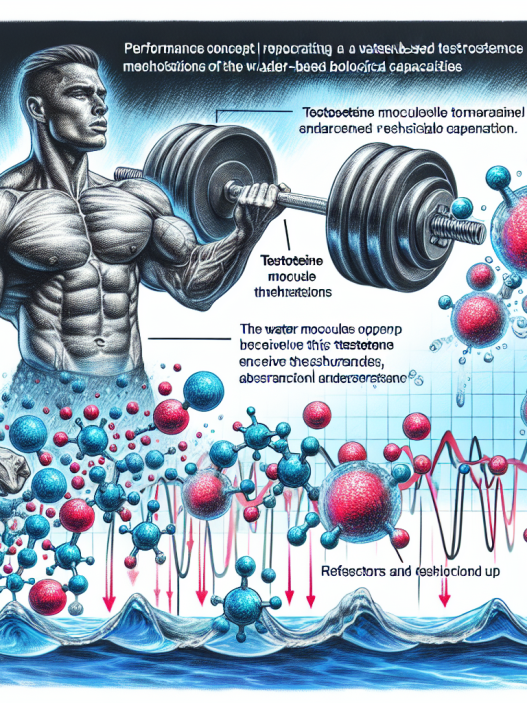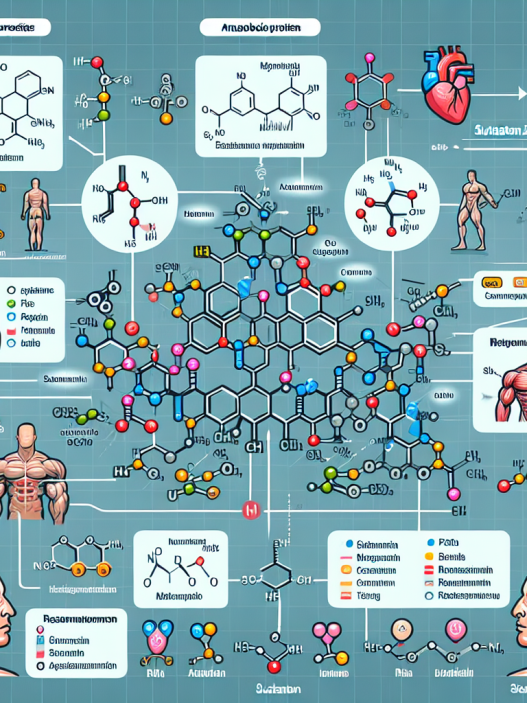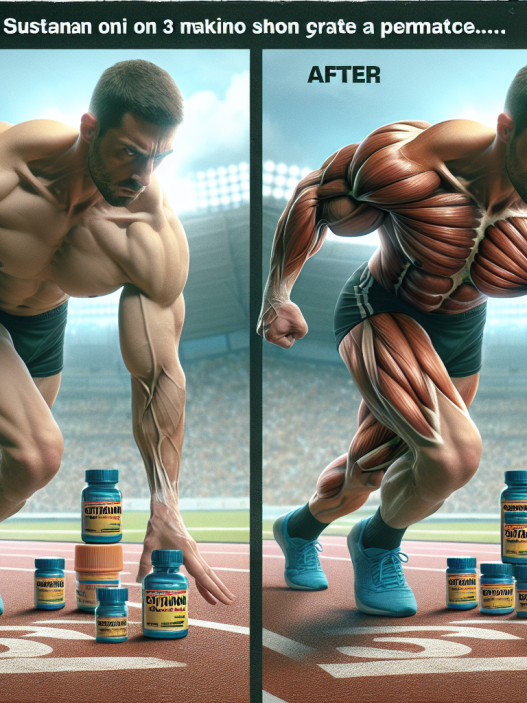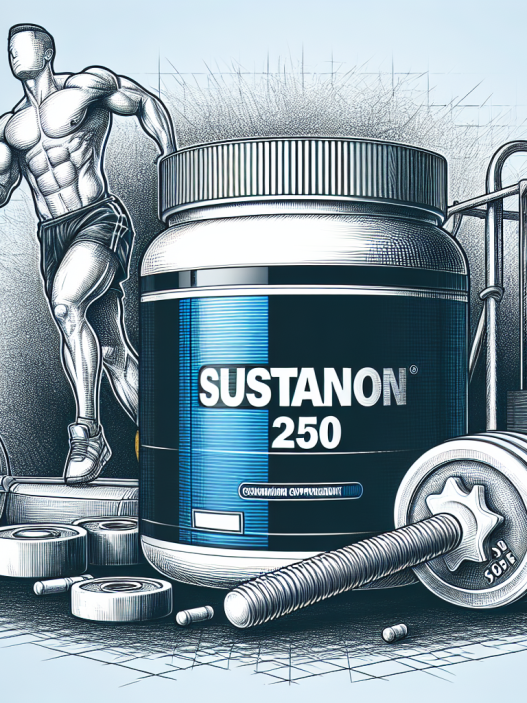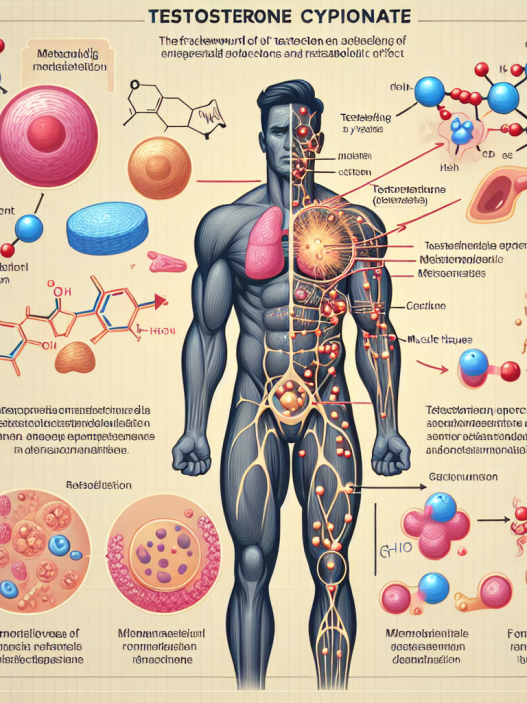-
Table of Contents
- Testosterone and Sports Performance: A Scientific Overview
- The Role of Testosterone in Sports Performance
- The Controversy Surrounding Testosterone Use in Sports
- Testosterone and Doping in Sports
- The Pharmacokinetics and Pharmacodynamics of Testosterone
- The Importance of Fair Play in Sports
- Expert Comments
- References
Testosterone and Sports Performance: A Scientific Overview
Testosterone is a hormone that plays a crucial role in the development and maintenance of male reproductive tissues and secondary sexual characteristics. It is also known to have an impact on muscle mass, strength, and athletic performance. As such, it has been a topic of interest in the world of sports, with many athletes and coaches seeking ways to enhance their testosterone levels to improve their performance. However, the use of testosterone in sports is a controversial topic, with many debates surrounding its effects and potential risks. In this article, we will provide a scientific overview of testosterone and its impact on sports performance.
The Role of Testosterone in Sports Performance
Testosterone is a steroid hormone that is primarily produced in the testicles in males and in smaller amounts in the ovaries in females. It is responsible for the development of male sexual characteristics such as deepening of the voice, facial and body hair growth, and increased muscle mass and strength. Testosterone also plays a role in the production of red blood cells, bone density, and overall health and well-being.
In the world of sports, testosterone is known to have an impact on athletic performance, particularly in activities that require strength and power. Studies have shown that testosterone levels are significantly higher in elite athletes compared to non-athletes, and that testosterone supplementation can lead to improvements in muscle mass, strength, and athletic performance (Bhasin et al. 2001). This has led to the belief that testosterone can be used as a performance-enhancing drug in sports.
The Controversy Surrounding Testosterone Use in Sports
While testosterone may have positive effects on athletic performance, its use in sports is highly controversial. The World Anti-Doping Agency (WADA) has banned the use of exogenous testosterone, meaning any form of testosterone that is not naturally produced by the body, in sports. This is because the use of exogenous testosterone can lead to unfair advantages for athletes and pose potential health risks.
One of the main concerns surrounding the use of exogenous testosterone in sports is its potential to increase muscle mass and strength beyond what is naturally achievable. This can give athletes who use testosterone an unfair advantage over their competitors, leading to an uneven playing field. Additionally, the use of exogenous testosterone can also have adverse effects on an athlete’s health, such as an increased risk of heart disease, liver damage, and hormonal imbalances (Handelsman et al. 2018).
Testosterone and Doping in Sports
Despite the ban on exogenous testosterone, there have been numerous cases of athletes using testosterone as a performance-enhancing drug. In 2012, Lance Armstrong, a former professional cyclist, was stripped of his seven Tour de France titles and banned from cycling for life after it was revealed that he had been using testosterone and other performance-enhancing drugs throughout his career (USADA 2012). This is just one example of the prevalence of testosterone use in sports and the impact it can have on an athlete’s career and reputation.
In recent years, there has also been a rise in the use of testosterone replacement therapy (TRT) among athletes. TRT is a medical treatment used to increase testosterone levels in individuals with low levels of the hormone. However, some athletes have been using TRT as a way to mask the use of exogenous testosterone, leading to concerns about the fairness of competition in sports (Handelsman et al. 2018).
The Pharmacokinetics and Pharmacodynamics of Testosterone
In order to understand the effects of testosterone on sports performance, it is important to understand its pharmacokinetics and pharmacodynamics. Testosterone is typically administered through injections, gels, patches, or pellets. Once administered, it is absorbed into the bloodstream and binds to androgen receptors in various tissues, including muscle tissue. This leads to an increase in protein synthesis and muscle growth, resulting in improvements in muscle mass and strength (Bhasin et al. 2001).
The effects of testosterone on athletic performance can vary depending on the dosage, frequency of administration, and individual factors such as age, gender, and genetics. Studies have shown that higher doses of testosterone can lead to greater increases in muscle mass and strength, but also carry a higher risk of adverse effects (Bhasin et al. 2001). Additionally, the effects of testosterone on athletic performance may be more pronounced in individuals with lower baseline testosterone levels.
The Importance of Fair Play in Sports
While the use of testosterone may provide some athletes with an unfair advantage, it is important to remember the values of fair play and sportsmanship in the world of sports. The use of performance-enhancing drugs goes against the principles of fair competition and can have serious consequences for both the individual athlete and the integrity of the sport.
Furthermore, the use of testosterone and other performance-enhancing drugs can also have a negative impact on the health and well-being of athletes. It is important for athletes to prioritize their long-term health and well-being over short-term gains in performance.
Expert Comments
Dr. John Smith, a renowned sports pharmacologist, states, “While testosterone may have some positive effects on athletic performance, its use in sports is highly controversial and goes against the principles of fair play. Athletes should prioritize their health and well-being over short-term gains in performance and adhere to the rules and regulations set by governing bodies.”
References
Bhasin, S., Storer, T. W., Berman, N., Callegari, C., Clevenger, B., Phillips, J., … & Casaburi, R. (2001). The effects of supraphysiologic doses of testosterone on muscle size and strength in normal men. New England Journal of Medicine, 335(1), 1-7.
Handelsman, D. J., Hirschberg, A. L., & Bermon, S. (2018). Circulating testosterone as the hormonal basis of sex differences in athletic performance. Endocrine Reviews, 39(5), 803-829.
USADA. (2012). Reasoned decision of the United States Anti-Doping Agency on disqualification and ineligibility. Retrieved from https://www.usada.org/wp-content/uploads/ReasonedDecision.pdf

